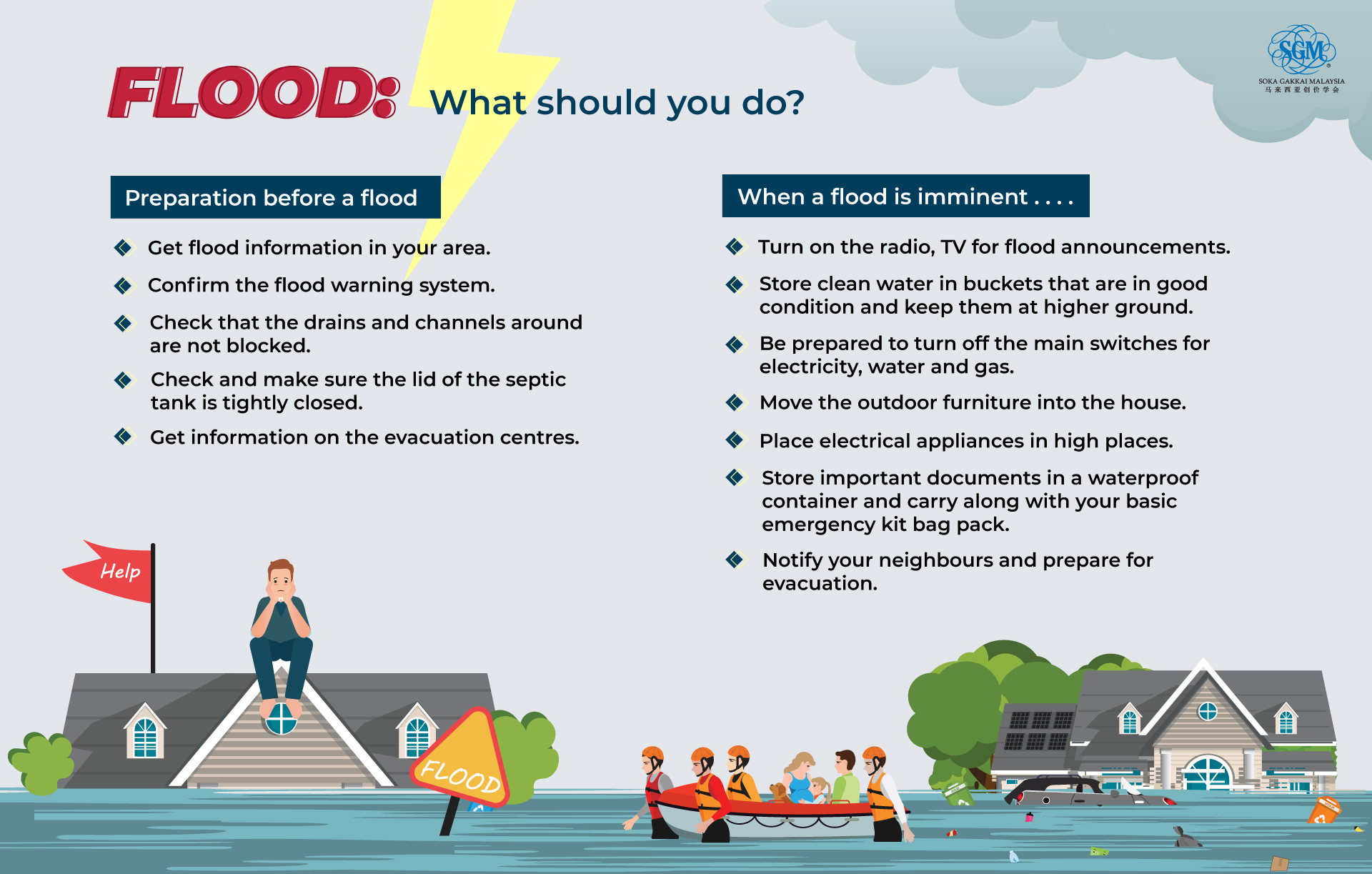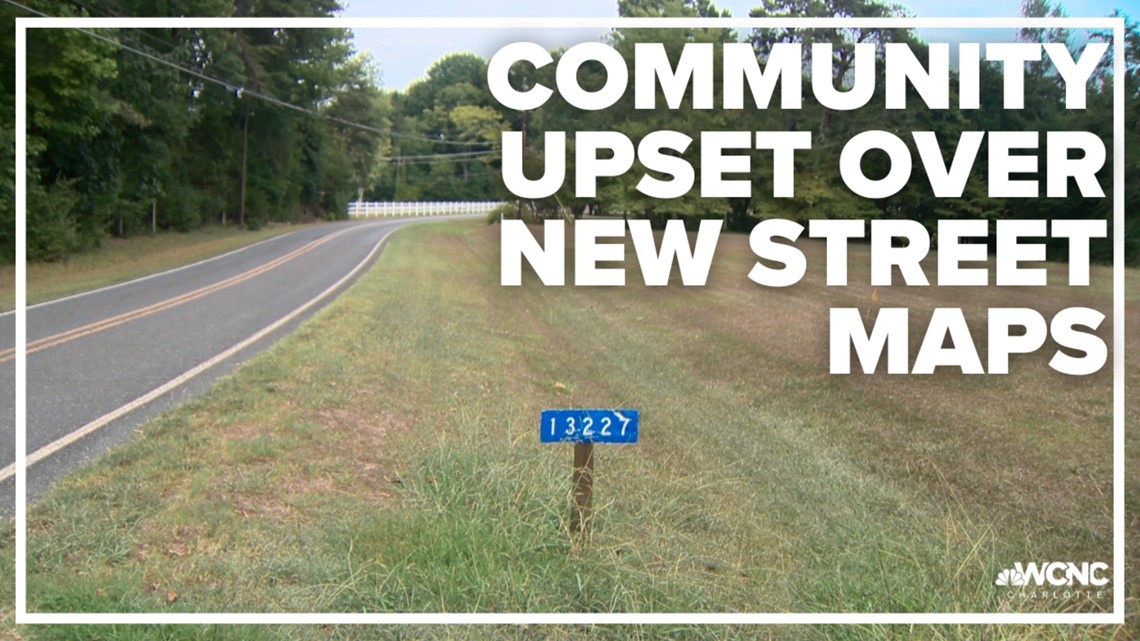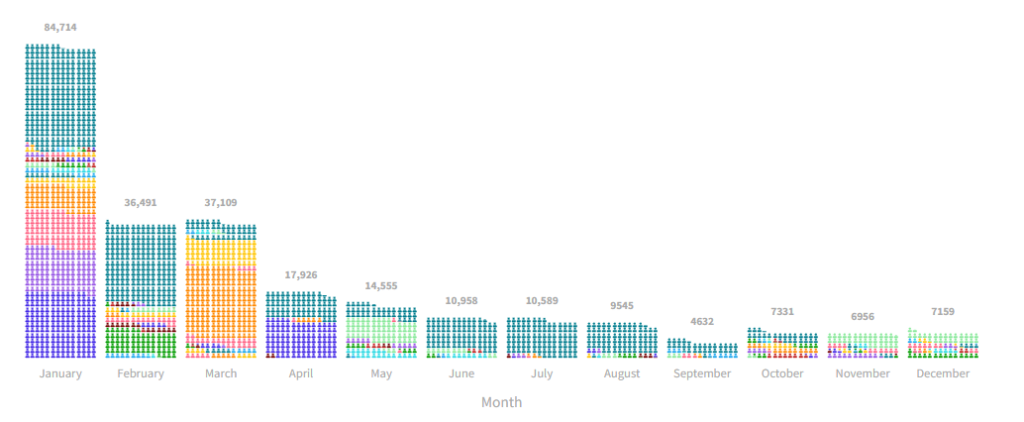NWS Issues Flood Warning: Safety Tips And Preparedness

Table of Contents
Understanding Flood Warnings and Watches
A crucial first step in flood safety is understanding the difference between a flood watch and a flood warning. These terms, part of the NWS alert system, indicate different levels of risk and require different responses. Understanding these severe weather alerts is key to effective flood preparedness.
-
Flood Watch: A flood watch means that conditions are favorable for flooding. While flooding is not imminent, the potential exists. This is the time to review your flood preparedness plan, check your emergency kit, and monitor the weather closely. The NWS may issue a flood watch hours or even days before a potential flooding event.
-
Flood Warning: A flood warning indicates that flooding is occurring or is imminent. This is a critical alert; immediate action is necessary to protect yourself and your property. A flood warning signifies that dangerous conditions exist, and you should follow your emergency plan without delay.
-
Different Alert Levels: Flood warnings often specify the severity of the potential flooding:
- Minor Flooding: Involves inundation of low-lying areas, with some road closures possible.
- Moderate Flooding: More significant flooding affecting more areas, leading to more extensive road closures and potential damage to property.
- Major Flooding: Widespread and severe flooding with significant damage to property and potential danger to life.
-
How to Receive NWS Alerts: Staying informed is vital. You can receive NWS alerts through various methods:
- NOAA Weather Radio: A dedicated weather radio provides continuous broadcasts of weather information, including flood warnings and watches.
- Smartphone Apps: Numerous weather apps (like the NWS app) send push notifications for severe weather alerts, including flood warnings, directly to your phone. These apps often include interactive maps and radar imagery to help visualize the approaching threat.
Pre-Flood Preparedness: Protecting Your Home and Family
Proactive flood preparedness is key to mitigating potential damage and ensuring the safety of your family. Creating a comprehensive flood preparedness plan well in advance of a flood warning is essential.
-
Family Emergency Plan: Develop a detailed plan that includes:
- Evacuation Routes: Identify multiple escape routes from your home, considering potential road closures due to flooding.
- Meeting Points: Designate safe meeting points inside and outside your home in case family members get separated.
- Communication Plan: Establish a method for contacting each other and a contact person outside the affected area.
-
Emergency Kit: Assemble a well-stocked emergency kit containing:
- Water: At least one gallon of water per person per day for several days.
- Food: Non-perishable food items for several days.
- First-Aid Kit: A comprehensive kit with essential medical supplies.
- Medications: Any necessary prescription and over-the-counter medications.
- Important Documents: Copies of important documents (identification, insurance policies) stored in a waterproof container.
-
Protecting Your Property: Take steps to minimize potential flood damage:
- Identify Flood Risks: Assess your property's vulnerability to flooding by checking flood maps and historical flood data.
- Elevate Valuables: Move valuable possessions to higher ground.
- Backup Important Documents: Keep digital and physical copies of important documents in a secure, off-site location.
- Flood Insurance: Consider purchasing flood insurance, as it is often not included in standard homeowner's insurance policies.
Actions to Take During a Flood
When a flood warning is issued, immediate action is paramount. Your safety is the top priority.
-
Evacuation: If authorities order an evacuation, evacuate immediately. Do not delay. Floodwaters can rise rapidly and become incredibly dangerous. Follow the designated evacuation routes and seek safe shelter.
-
If Evacuation Isn't Possible: If evacuation isn't possible, move to the highest level of your home or building. Turn off all utilities (gas, electricity, water) to prevent further damage and risk of electrocution.
-
Essential Safety Precautions:
- Never drive or walk through floodwaters: The depth of water can be deceptive, and swift currents can easily sweep you away.
- Be aware of downed power lines: Downed power lines pose a significant electrocution risk. Avoid contact and report them immediately to the authorities.
- Stay Informed: Stay updated on the flood situation through official channels, such as the NWS website, local news, and emergency alerts.
Post-Flood Actions: Safety and Recovery
Once the floodwaters recede, the recovery process begins. However, caution remains crucial.
-
Safety Precautions:
- Wait for official clearance: Before returning home, wait for authorities to declare the area safe. Floodwaters can leave behind contaminated water and unstable structures.
- Wear protective gear: When cleaning up, wear protective clothing, gloves, and boots to avoid contact with contaminated water and debris.
- Avoid contaminated water: Avoid contact with floodwater as it may be contaminated with sewage and hazardous materials.
-
Reporting and Recovery:
- Document damage: Thoroughly document all flood damage with photographs and videos for insurance claims.
- Report damage: Contact local authorities to report flood damage and seek assistance.
- Seek assistance: Numerous agencies offer assistance with flood recovery, including FEMA (Federal Emergency Management Agency) and local disaster relief organizations.
Conclusion
Staying informed and prepared is crucial during a flood warning. By following these safety tips and creating a comprehensive preparedness plan, you can significantly reduce risks associated with flooding. Remember to always heed the warnings issued by the NWS and local authorities. Don't wait for a flood warning to be issued before taking action. Proactive flood preparedness is your best defense. Stay safe and learn more about flood safety in your area!

Featured Posts
-
 Atletico Madrid In Geriden Gelis Basarilari
May 25, 2025
Atletico Madrid In Geriden Gelis Basarilari
May 25, 2025 -
 Porsche Classic Art Week Indonesia 2025 Seni Dan Mobil Mewah
May 25, 2025
Porsche Classic Art Week Indonesia 2025 Seni Dan Mobil Mewah
May 25, 2025 -
 Trumps Legal Battles Another Setback Against Elite Law Firms
May 25, 2025
Trumps Legal Battles Another Setback Against Elite Law Firms
May 25, 2025 -
 Legal Action In Amsterdam Residents Blame Tik Tok For Snack Bar Overcrowding
May 25, 2025
Legal Action In Amsterdam Residents Blame Tik Tok For Snack Bar Overcrowding
May 25, 2025 -
 H Nonline Sk Prehlad O Prepustani V Najvaecsich Nemeckych Spolocnostiach
May 25, 2025
H Nonline Sk Prehlad O Prepustani V Najvaecsich Nemeckych Spolocnostiach
May 25, 2025
Latest Posts
-
 The Impact Of Tariffs On The Federal Reserve Powells Concerns
May 25, 2025
The Impact Of Tariffs On The Federal Reserve Powells Concerns
May 25, 2025 -
 Fed Chair Powell On Tariffs A Potential Economic Crisis
May 25, 2025
Fed Chair Powell On Tariffs A Potential Economic Crisis
May 25, 2025 -
 From 0 6 To Semifinal Swiateks Resilience Shines In Madrid Open
May 25, 2025
From 0 6 To Semifinal Swiateks Resilience Shines In Madrid Open
May 25, 2025 -
 Powell Warns Tariffs Threaten Federal Reserve Goals
May 25, 2025
Powell Warns Tariffs Threaten Federal Reserve Goals
May 25, 2025 -
 Iga Swiatek Overcomes Keys Dominant Start Sets Up Gauff Semifinal Clash In Madrid
May 25, 2025
Iga Swiatek Overcomes Keys Dominant Start Sets Up Gauff Semifinal Clash In Madrid
May 25, 2025
